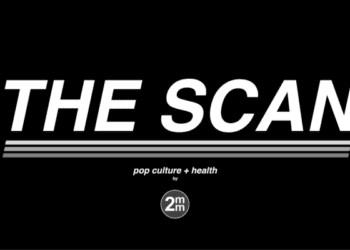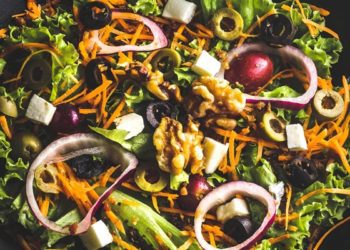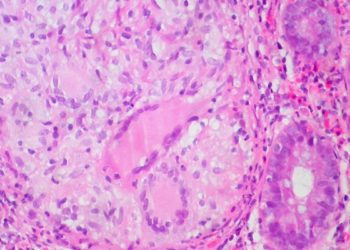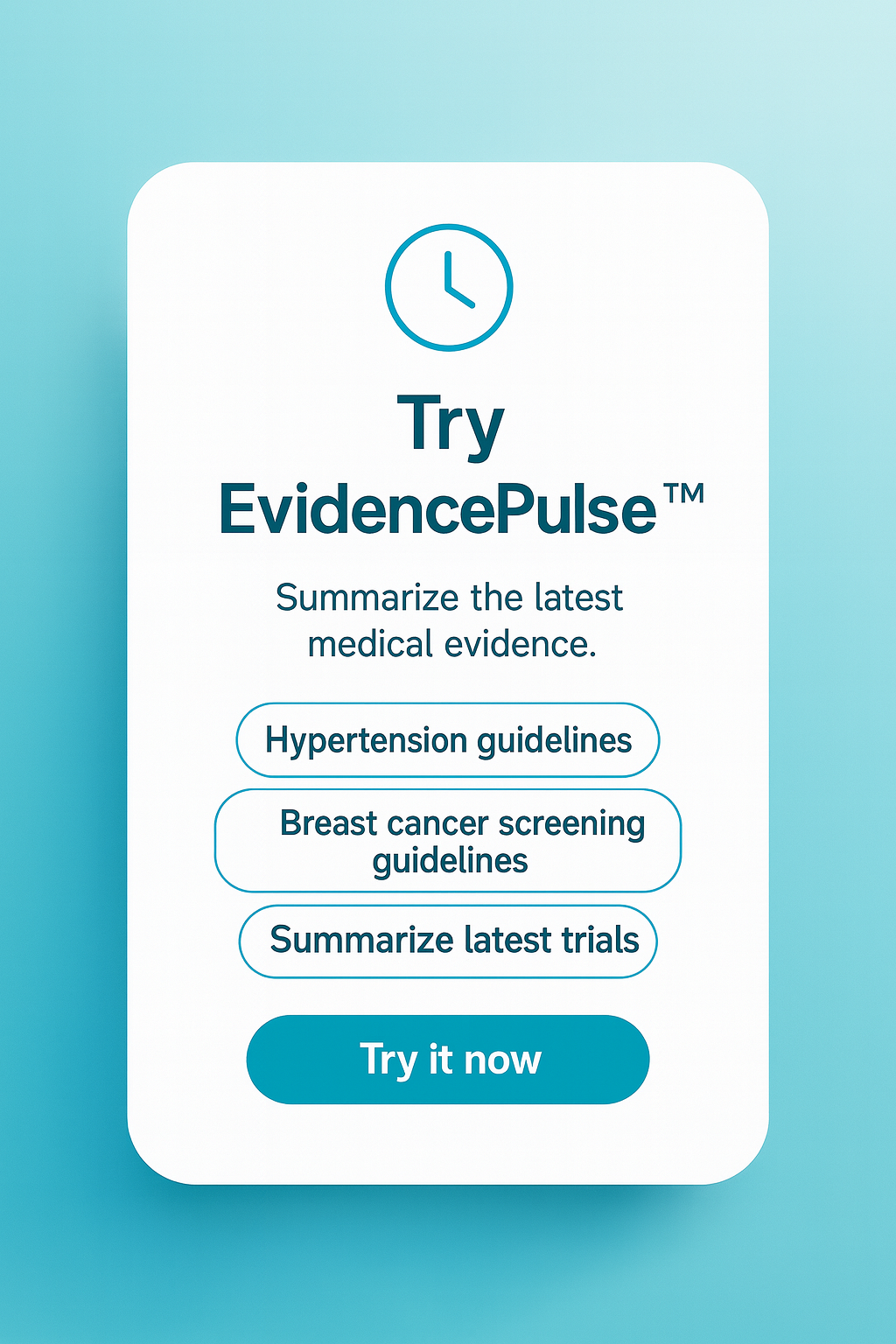Economic incentives alter nutritional patterns in South Africa
[tabs tab1=”2MM Rundown” tab2= “2MM Full Report”]
[tab]
Image: PD
1. Cash-back rebate program through South African insurer found economic incentives to increase healthy food purchases at super-market.
2. Purchase of unhealthy foods were decreased without a negative or positive incentive.
As rates of obesity and other metabolic diseases continue to rise throughout the world, considerable effort has been spent trying to use incentives to encourage healthy diet and exercise. This analysis used data from a cash-back rebate program designed by a major health insurer in South Africa to identify how financial incentives encourage healthy food purchases. The program involved a single chain of super-markets in South Africa and 170,000 households who voluntarily signed up for the program. Items at the grocery store were deemed, healthy, neutral or unhealthy and individuals were given a 10% discount on healthy purchases and a 25% (total) rebate on purchases if they took an annual online health risk assessment. Data was tracked through super-market scanners and credit cards issued by the insurer from 2009 to 2012.
When compared to purchases before enrolling in the program, households who engaged in the 25% rebate program purchased 9.3% more healthy food. Further, households in the program purchased 7.2% less unhealthy foods even though there was no negative incentive for purchasing such foods. This approach is costly, but further integrative analysis should be able to identify whether preventable healthcare expenses offset the investment by the insurer.
Click to read the study in the American Journal of Preventive Medicine
[/tab]
[tab]
Image: PD
1. Cash-back rebate program through South African insurer found economic incentives to increase healthy food purchases at super-market.
2. Purchase of unhealthy foods were decreased without a negative or positive incentive.
This [retrospective] study: Creating change in nutritional behaviors is key to health improvement for a growing population of individuals suffering from metabolic diseases. This analysis looks at a program designed by a major South African health insurer over three years (2009 – 2012) to determine whether financial incentives encourage individuals to make healthy purchases. More than 6000 food items were segregated into categories of healthy, neutral, and unhealthy by a team of physicians, nutritionists, and behavioral scientists. Participants enrolled in the program were given a 10% rebate on healthy purchases and a 25% total rebate on purchases if they took an online health risk assessment. While controlling for variables such as geography and purchasing bias, the researchers were able to analyze how the ratio of healthy food to total food expenditure changed once participants enrolled in the program (ratios were used instead of total amount to control for price fluctuation and inflation).
In sum: The data revealed that households who engaged in the 25% rebate program purchased 9.3% more healthy food and 7.2% less unhealthy foods. Households who did not take the online health risk assessment, and only received a 10% rebate, increased their healthy food expenditure by 6% and decreased their unhealthy food expenditure by 5.6%. All findings were statistically significant and the latter findings, respectively, are unique in identifying a decrease in unhealthy food expenditure without any positive or negative incentive. Findings began almost immediately upon program initiation and continued to remain stable over the 3 year period.
Researchers admit that using data created by a private sector intervention limited their ability to make changes to study design. Further, the supermarkets changed their scanner technology limiting the time frame of the researchers’ access. A program like this is by nature costly, and would require a significant investment by an insurer, however further research should integrate preventable health costs with investment costs to identify whether it is a feasible strategy.
Click to read the study in the American Journal of Preventive Medicine
By Jordan Anderson and Andrew Bishara
More from this author: Circulating tumor DNA used to monitor metastatic breast cancer; Salt intake linked with autoimmune disease; Continuity in diabetes provider improves outcomes and decreases costs
© 2013 2minutemedicine.com. All rights reserved. No works may be reproduced without written consent from 2minutemedicine.com. Disclaimer: We present factual information directly from peer reviewed medical journals. No post should be construed as medical advice and is not intended as such by the authors or by 2minutemedicine.com. PLEASE SEE A HEALTHCARE PROVIDER IN YOUR AREA IF YOU SEEK MEDICAL ADVICE OF ANY SORT. Content is produced in accordance with fair use copyrights solely and strictly for the purpose of teaching, news and criticism. No benefit, monetary or otherwise, is realized by any participants or the owner of this domain.
[/tab]
[/tabs]





![[Policy Statement] AAP supports same-sex marriage and parenting](https://www.2minutemedicine.com/wp-content/uploads/2013/03/ssm1-75x75.png)


